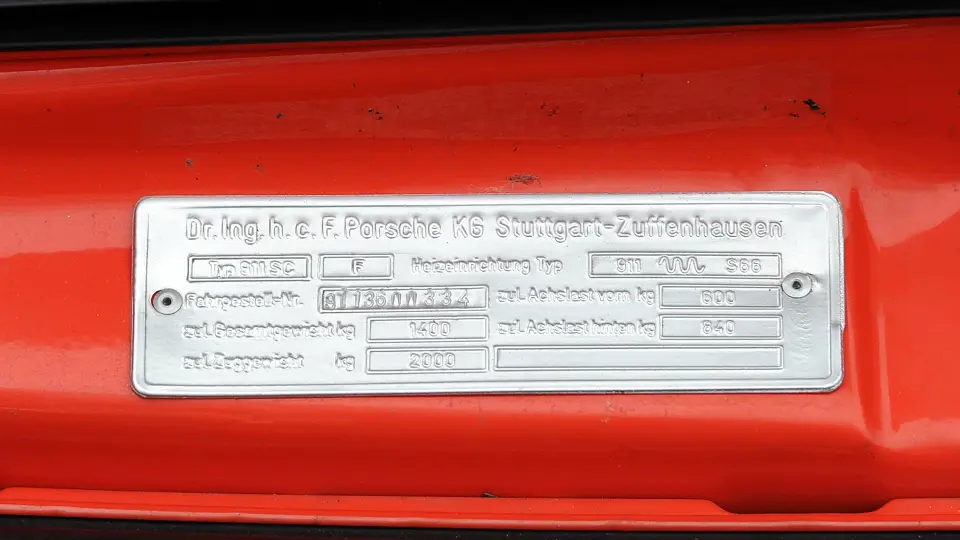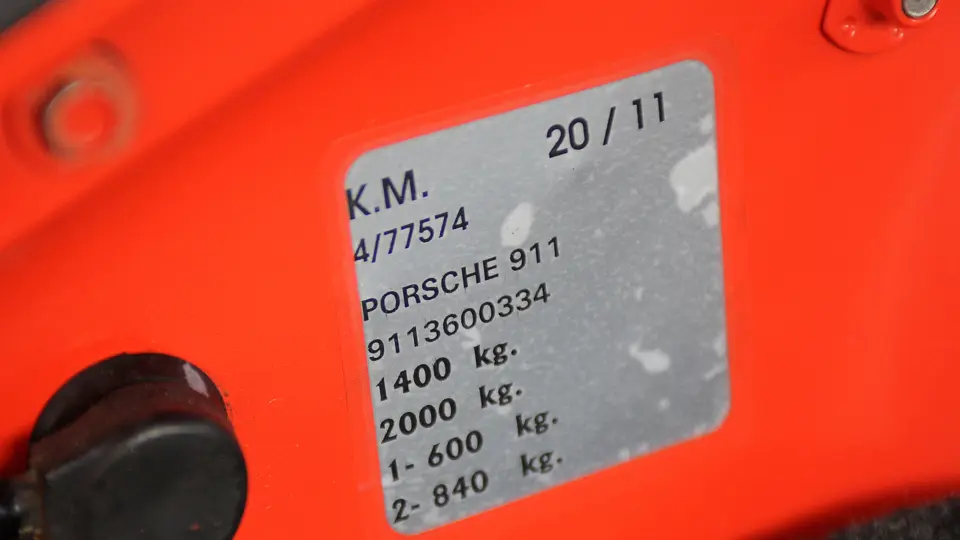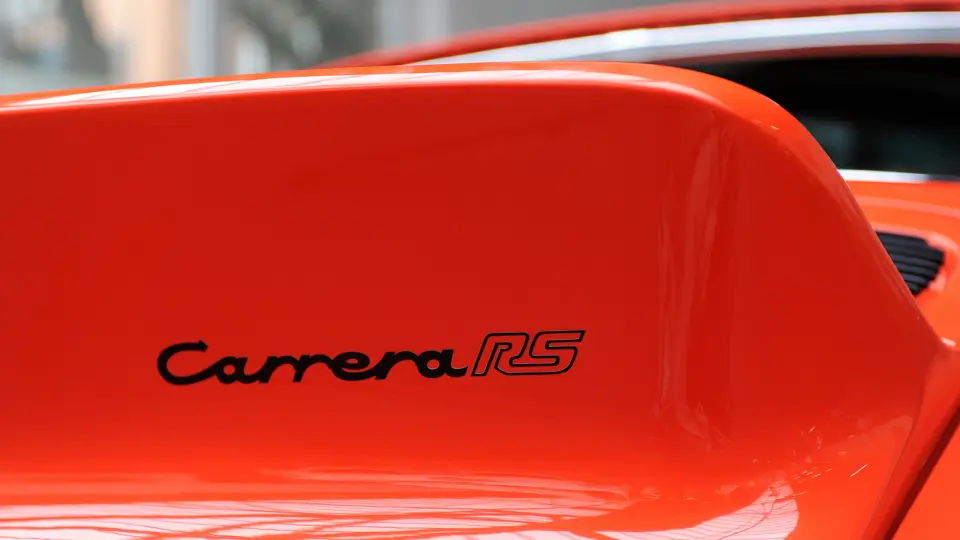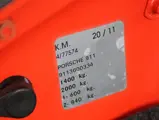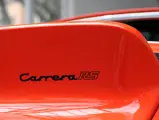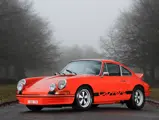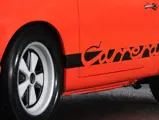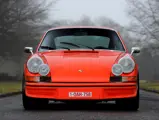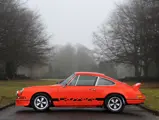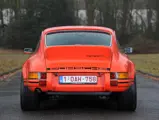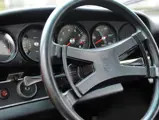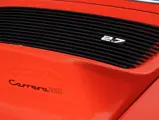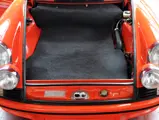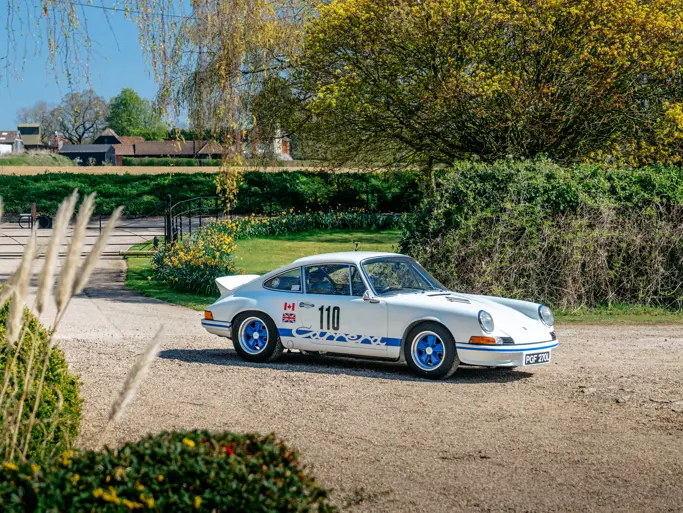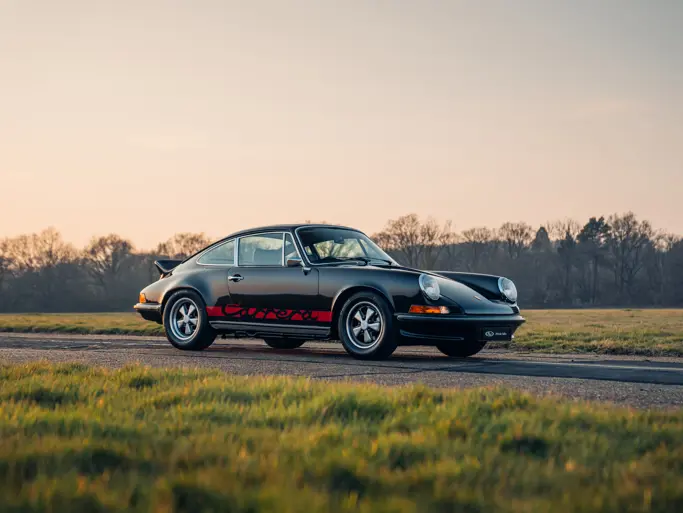210 bhp, 2,687 cc air-cooled SOHC per side horizontally-opposed six-cylinder engine, Bosch mechanical fuel-injection, five-speed manual gearbox in rear transaxle, four-wheel independent suspension, and four-wheel hydraulic disc brakes. Wheelbase: 2,271 mm (89.4")
• One of the 200 genuine, factory-built “Lightweights”
• Just four European owners from new
• Restored to concours-level standards in 2000–2001; only 700 km since
• Documented by John Starkey
• Factory-fitted with LSD; original colour combination
As a fundamental change in FIA regulations ended the Porsche 917’s three-year reign over World Sportscar Championship racing after the 1972 season, the 2.4-litre 911 S carried Porsche’s racing banner as the basis for a new Group 4 GT-class entry, the Carrera 2.7 RS (“RS” “Rennsport”). Porsche engineers aggressively cut the basic car’s weight with lightweight steel for the body and thinner glass by Glaverbel of Belgium. The interior was trimmed to a minimum, with rubber floor mats and the deletion of the clock, passenger sun-visor and rear seat. Lightweight Recaro seats were fitted for both the driver and passenger.
Mechanically, the 2.4-litre, air-cooled, flat six of the 911 S was given a larger bore and fuel-injection to become a 210 hp, 2.7-litre powerhouse. The car’s wheel arches were extended to allow wider 7-inch rear wheels and 6-inch front wheels to be fitted, which could be further extended by 2 inches for racing. The suspension was upgraded and extensive wind-tunnel testing resulted in the distinctive “Burzel” (ducktail) rear spoiler, which drastically reduced rear-end lift at speeds over 150 mph and remains the car’s visual signature today.
To make the car more attractive to a wider audience, a “Touring” version of the 2.7 RS was also marketed, and only 200 of the all-out “Lightweight” versions were built. True to its name, the “Lightweight” was even lighter than the “Touring”, weighing in at 960 kgs against the 1,075 kgs of the Touring.
Predictably, demand for the Carrera 2.7 RS was strong, and Porsche was more than able to meet the FIA’s 500-car production requirement to homologate the 2.7 RS for Group 4 competition and in all, 1,580 were built in 1973 and into 1974.
Chassis 911 360 0 334 is offered in excellent overall condition and was recently inspected by an RM Auctions specialist. As a particularly rare and desirable factory-built Carrera 2.7 RS Lightweight (Porsche Option Code 471), it was sold new in January 1973 to the Hamburg, Germany-based dealer ‘Raffay’, finished in Tangerine (Colour Code 232 311), in which it is now presented, with a black leatherette interior and perforated seat inserts. Other factory options from new included a limited-slip differential (Code 220) and an engine compartment light (Code 482).
The car was in the care of just two owners in Germany until it was sold to Belgium in 2002, where it has only had two owners, making it a four-owner car from new. It was fully restored in Germany during 2000 and 2001 and has covered only 700 kilometres ever since then. We can confirm that it remains outstanding, and the restoration was performed to a highly detailed, concours-level standard throughout, including the correct engine-bay decals. Documented in John Starkey’s From R to GT3R: The Racing Porsches 911 & 930, this stellar Carrera 2.7 RS Lightweight is, in short, one of the finest examples we have ever had the privilege of offering.
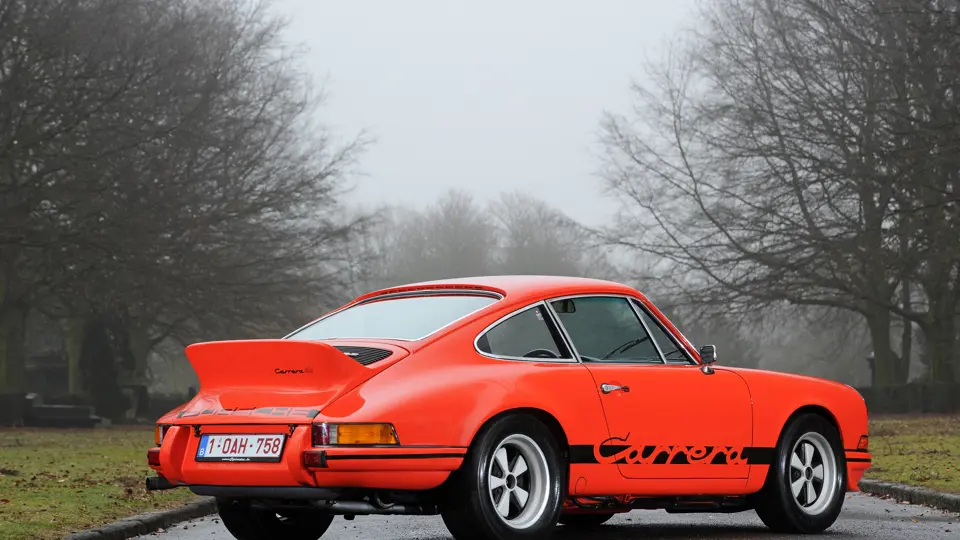



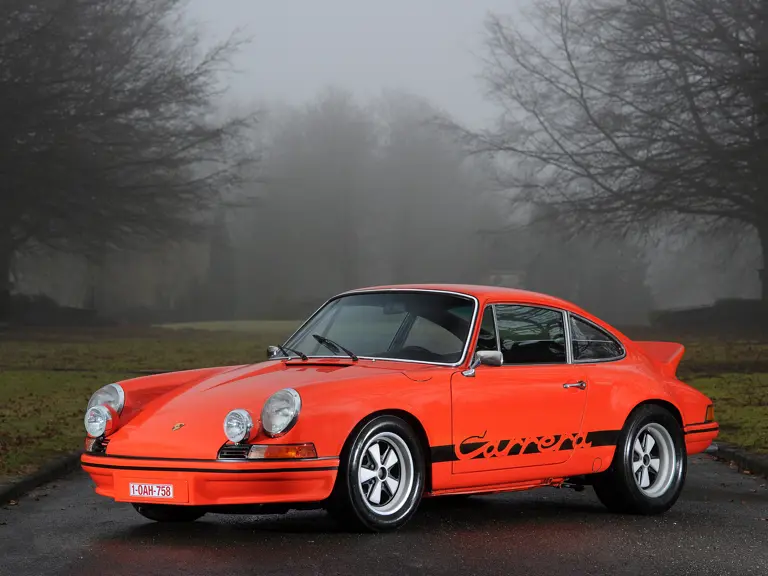
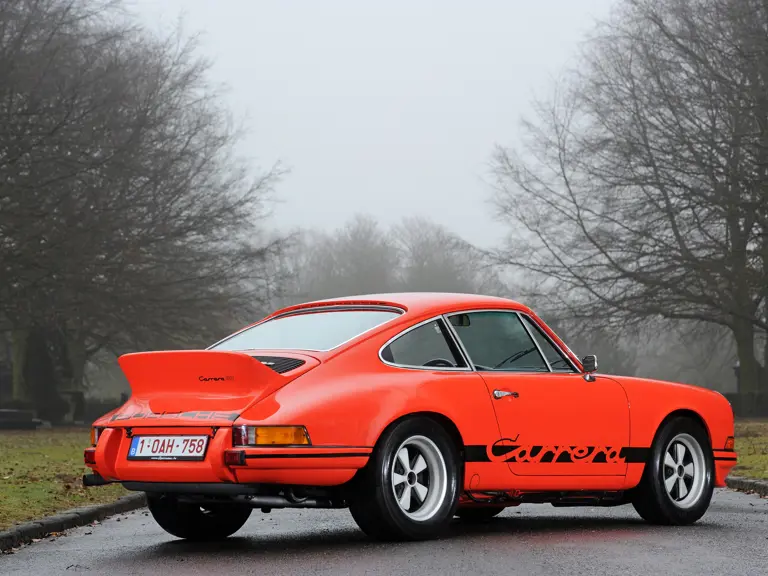
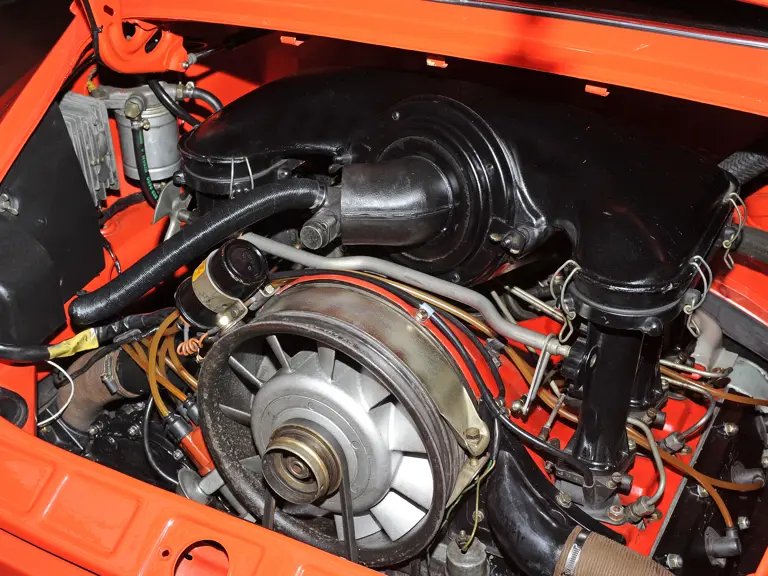

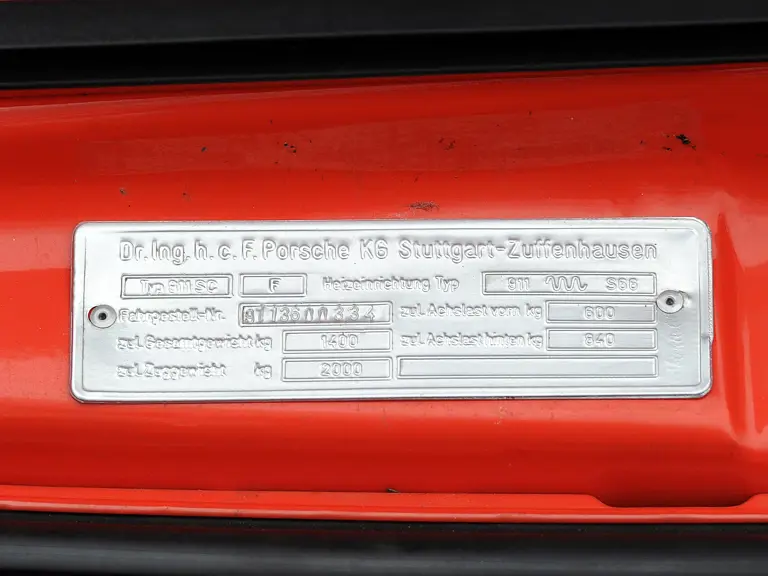

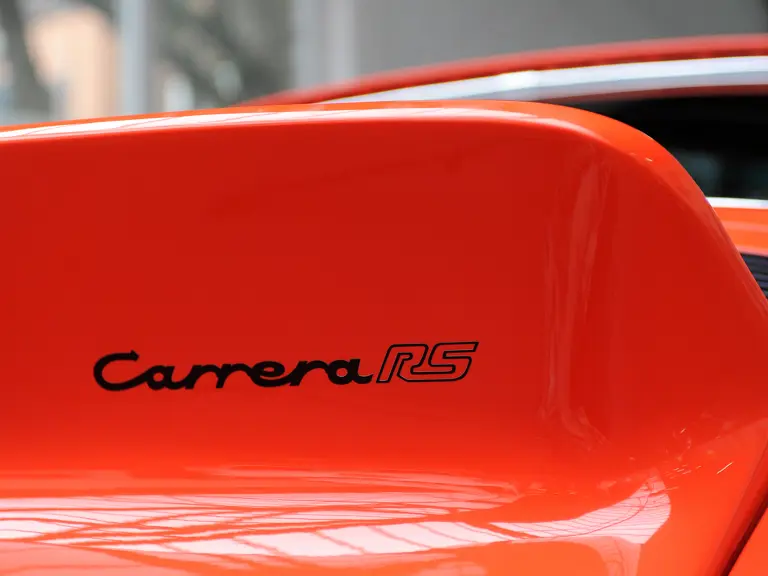
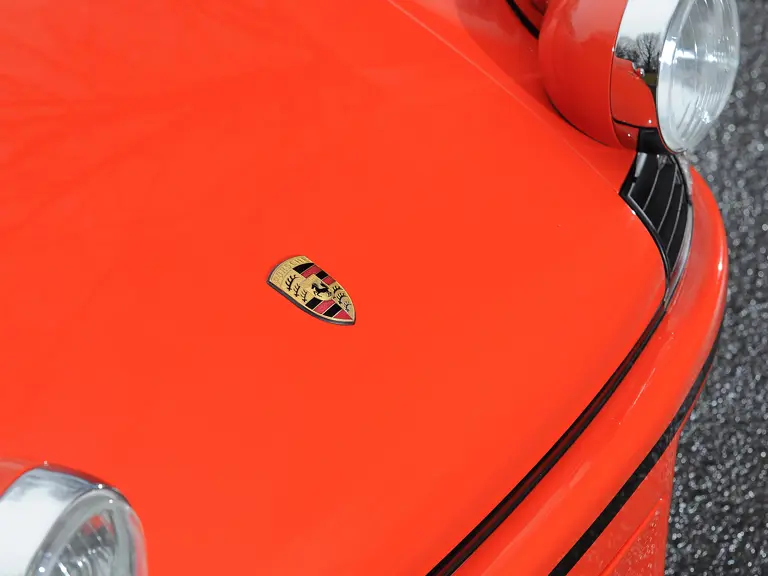
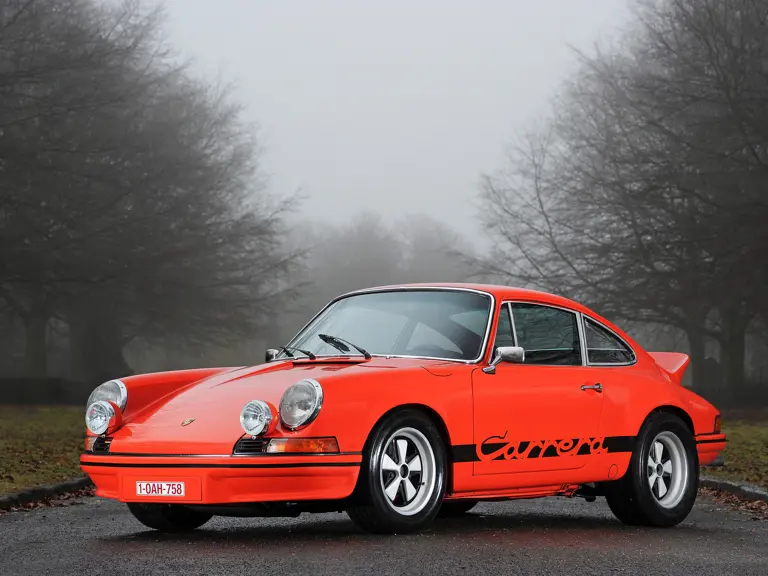
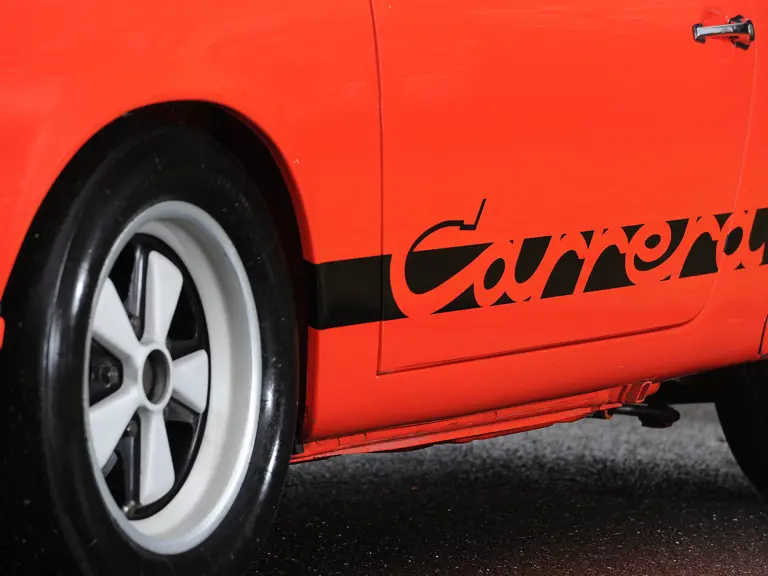
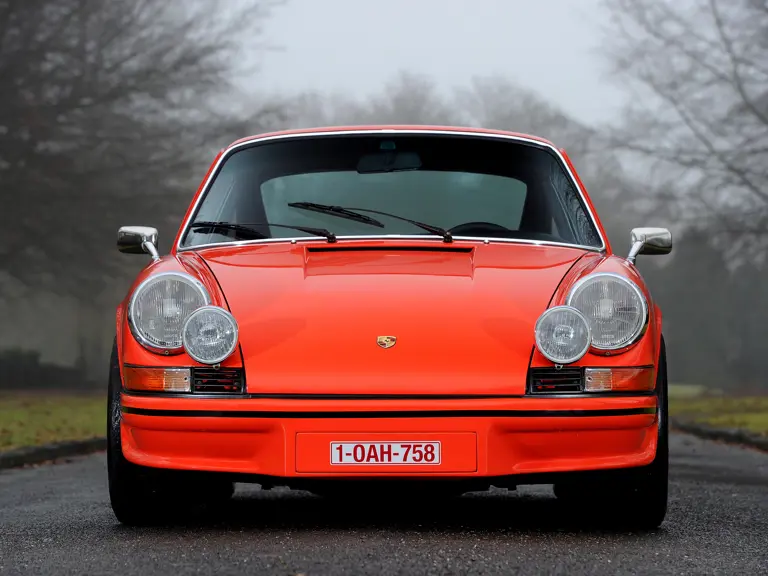
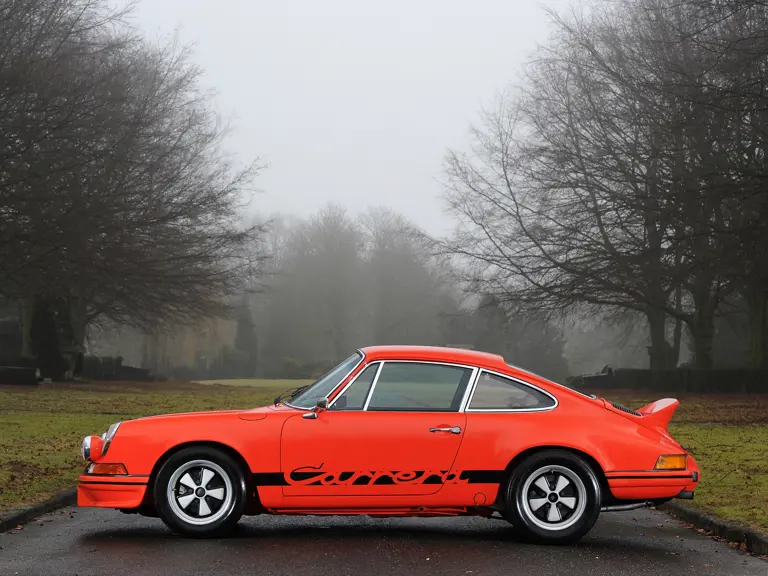
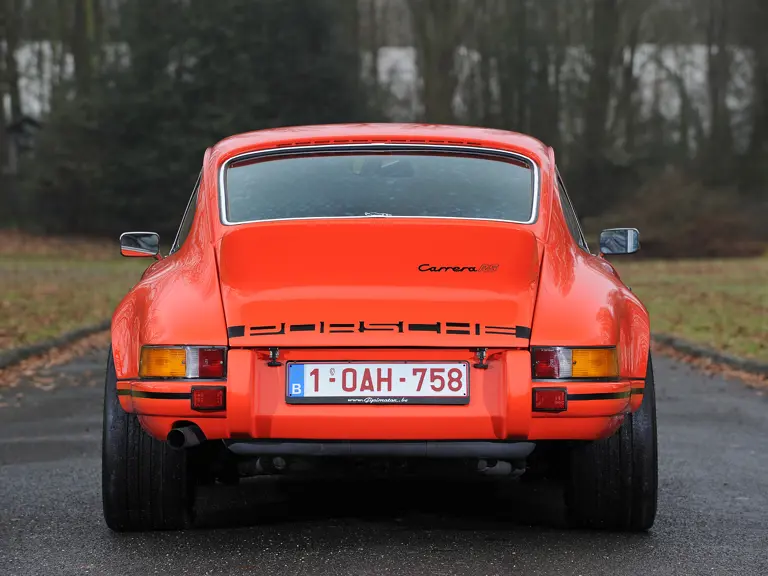
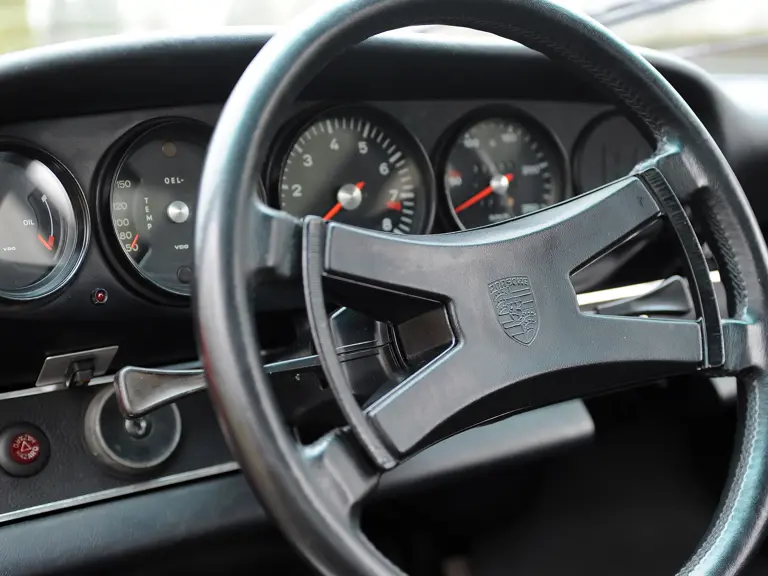
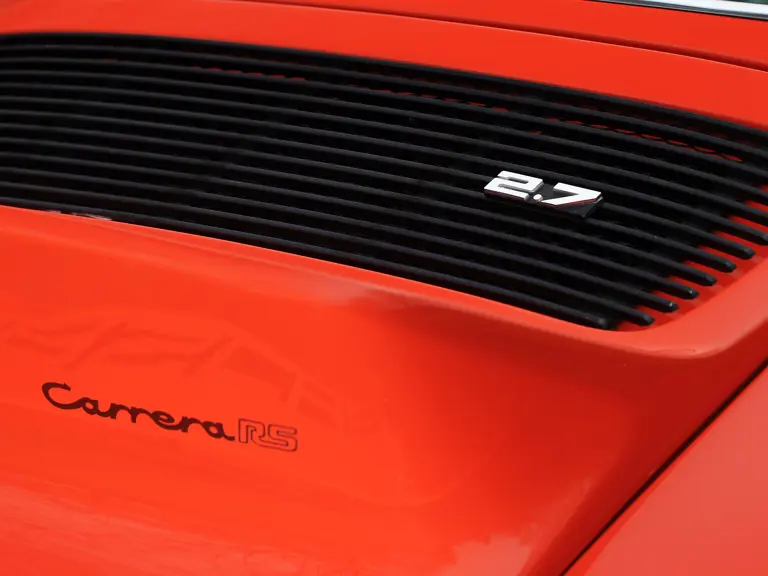
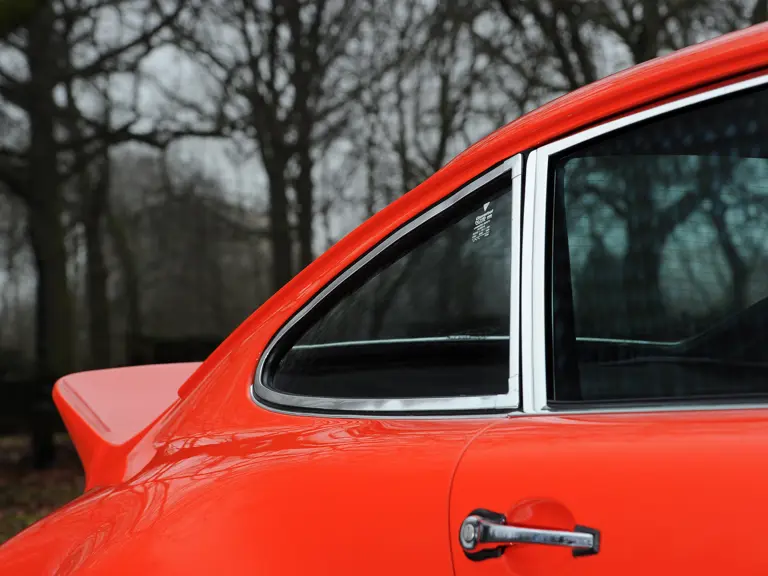
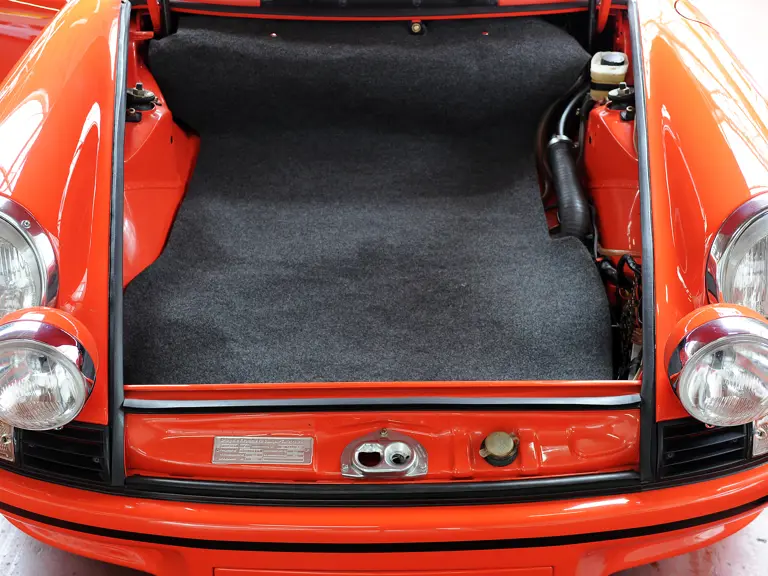


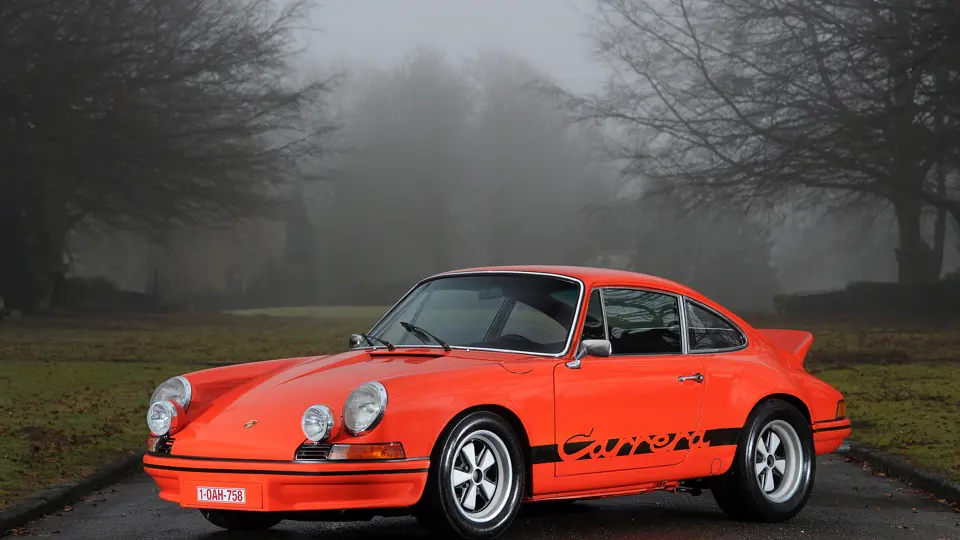
 | Monaco, Monaco
| Monaco, Monaco
